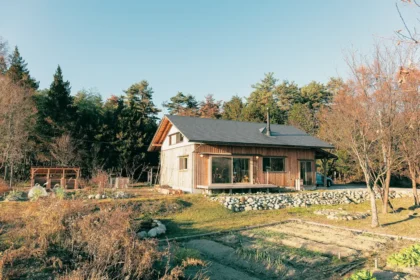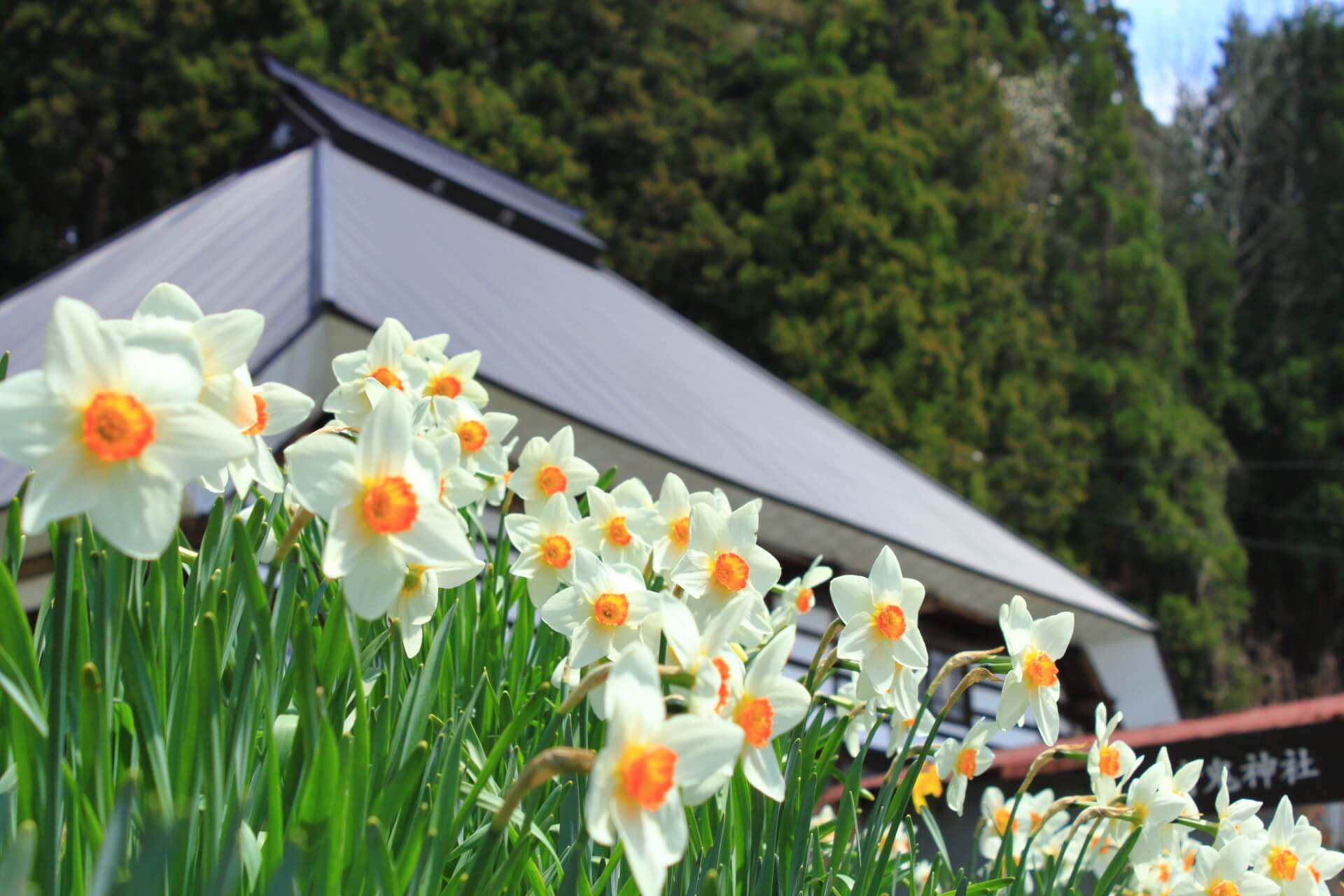
As Japan’s fourth largest prefecture, Nagano covers an expansive area – in total, around 13,500km² - divided into cities, towns and villages. Around 20% of the prefecture is designated as national park with many other regions remaining forested or in a semi-natural state with other or no specific classification. A significant amount of land is allocated for farming, with urban areas and places of higher population density making-up a relatively small amount of the total area.
-- Real Estate and Property in Japan's Ski Resorts
For people looking to move to or invest in property in Nagano, it is worth considering which area is best-suited to you and in that regard, we recommend dividing the region into three broad categories – city, town, village or resort. Each category comes its own character and points to consider when moving to or buying there, staring with:
LIFE IN THE CITY
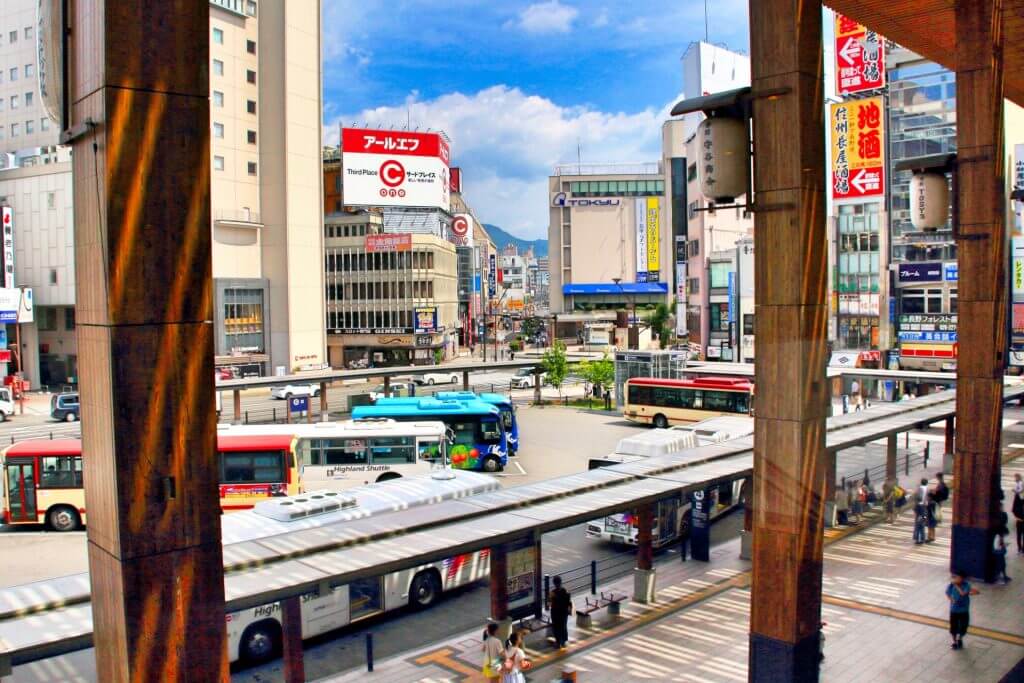
The designation of a ‘city’ in Japan can be a little confusing as many areas are categorised as cities for the purpose of their administration, but may not meet most people’s expectation of what a city is in terms of character, composition and lifestyle. For the purpose of this page, we consider a city to be a largely urban area, a higher population density, built-up central area around a major train station, wide variety of jobs including many professional and municipal workers, nightlife and various forms of public transport.
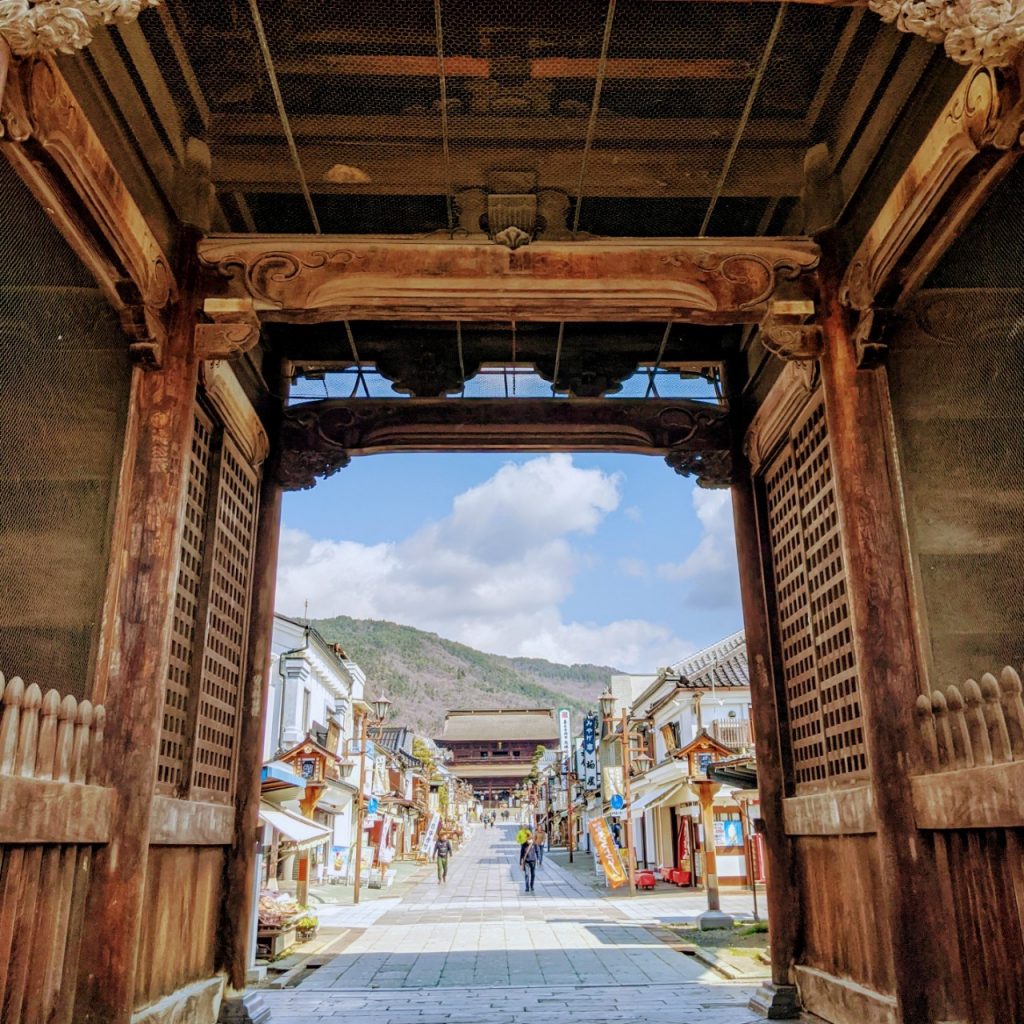
In terms of Nagano Prefecture, the only major cities that meet this definition are Nagano City* and Matsumoto - with populations of 368,226 and 239,680 respectively (as of 2020). Smaller cities include Ueda (pop. 152,780)*, Saku (pop. 98,391)* and Iida (pop. 97,039) however it's important to note that these cities are notably less built-up than Nagano and Matsumoto and do not meet all aspects of the definition above.
*has a shinkansen station.
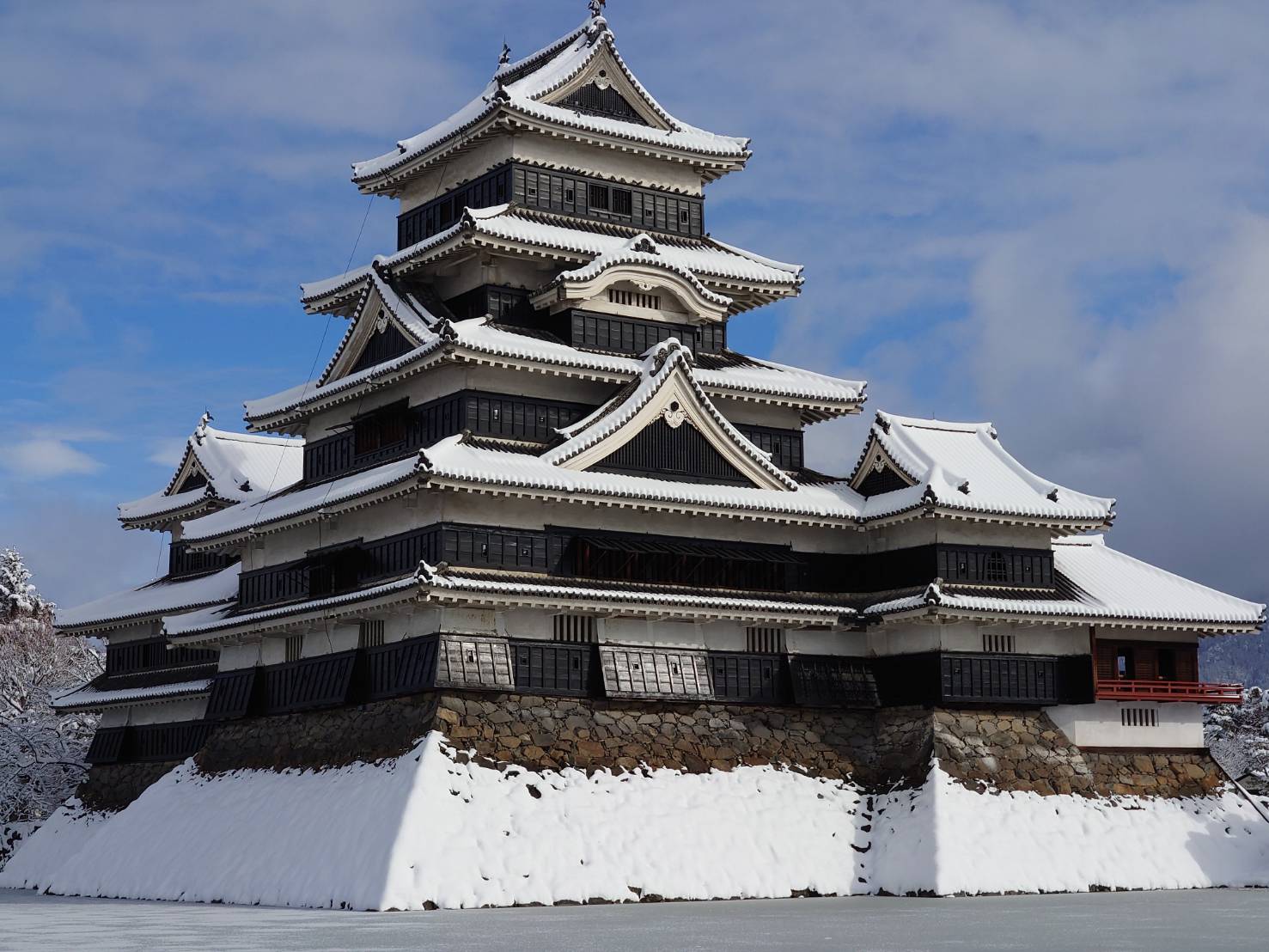
Even the largest of Nagano’s cities are small and as such, are very livable with many residents choosing to walk or cycle to their jobs. Those who do commute using public transport can usually do so comfortably without needing to crowd into trains and buses, with many people driving as their primary form of transport. Like most Japanese cities, a large number of shops, restaurants, hotels and nightlife will surround the major station with cities including Nagano and Matsumoto having a reasonable number of larger buildings in their central areas. Large hospitals, schools and public facilities are present attracting many people to live nearby.

Employment in the cities varies, with many people working professionally and in service industries. While the greatest number of jobs will be found in the cities, foreign residents are likely to find fewer employment options in the city unless they speak and read Japanese at a high level. For that reason, many foreigners wanting to reside in the cities pursue English-teaching opportunities or service industry jobs.

Property prices in the cities will be notably higher than other areas. While they won’t be anything like major cities including Tokyo, don’t expect to find too many bargains in the city. Land is at a premium – especially in central areas – therefore buying into the market will cost more, with prices reducing the further you move-out from the city centre.
SMALL TOWN LIFE
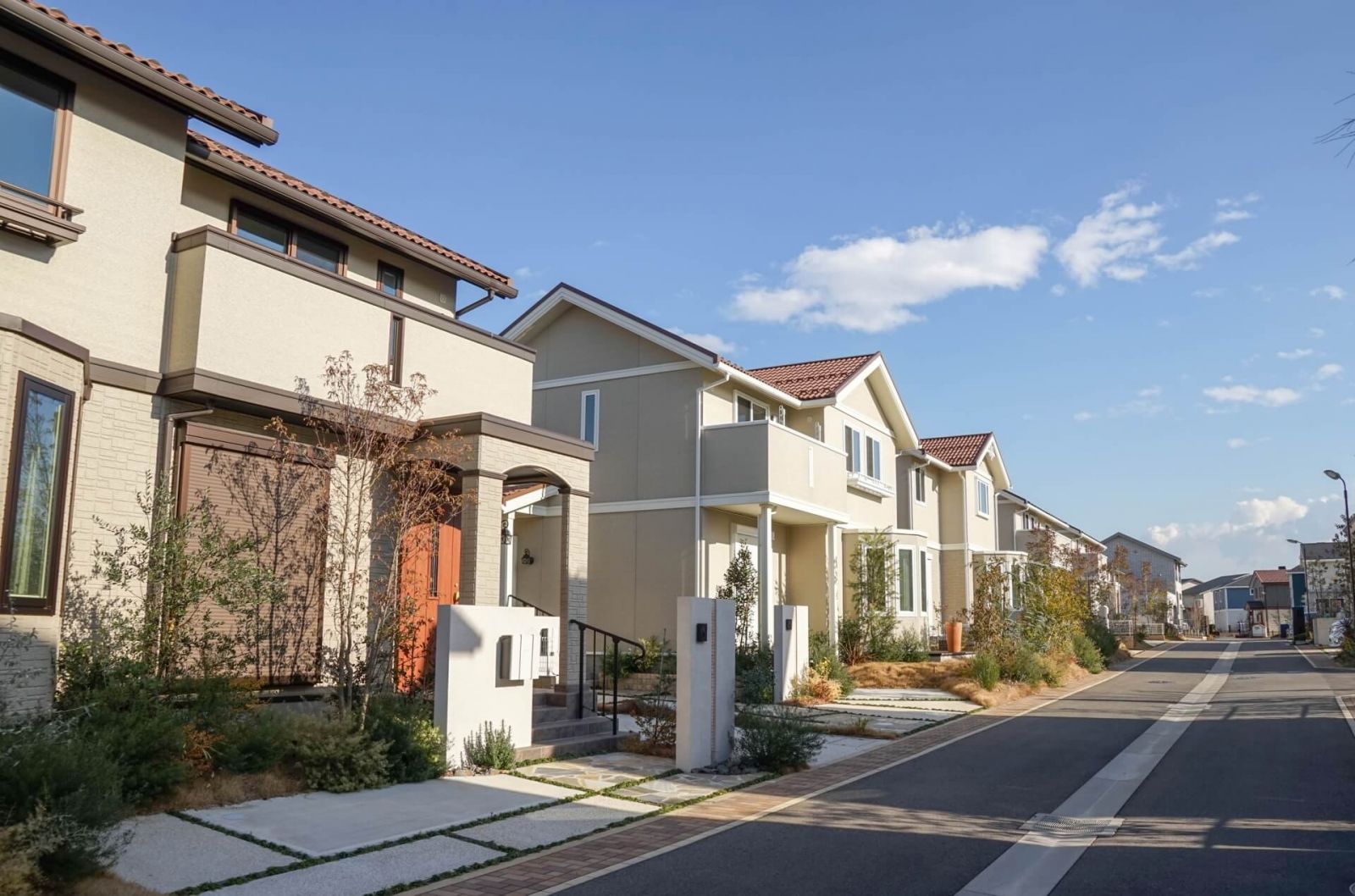
The next category to consider is that of a ‘town’. Largely suburban in character, towns will share elements with the cities but on a much smaller scale. Usually located along convenient train lines and stations, towns are well-suited to families considering factors such as schooling, access to healthcare and commuting locally or to/from nearby cities for their jobs.
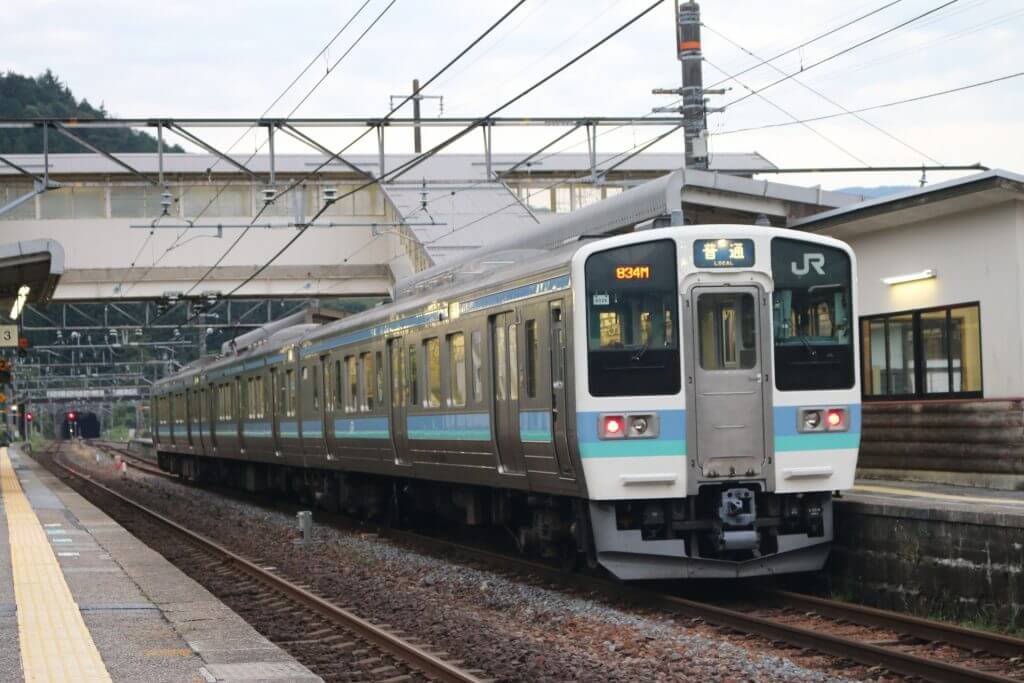
There are many towns spread throughout Nagano, varying widely in character. Many towns will have a major hospital, small health clinics, schools and a range of restaurants and local businesses. For that reason, most people choose to live in towns for their convenience. Living in towns, you may have idle interaction with your neighbours but will largely keep to yourself.
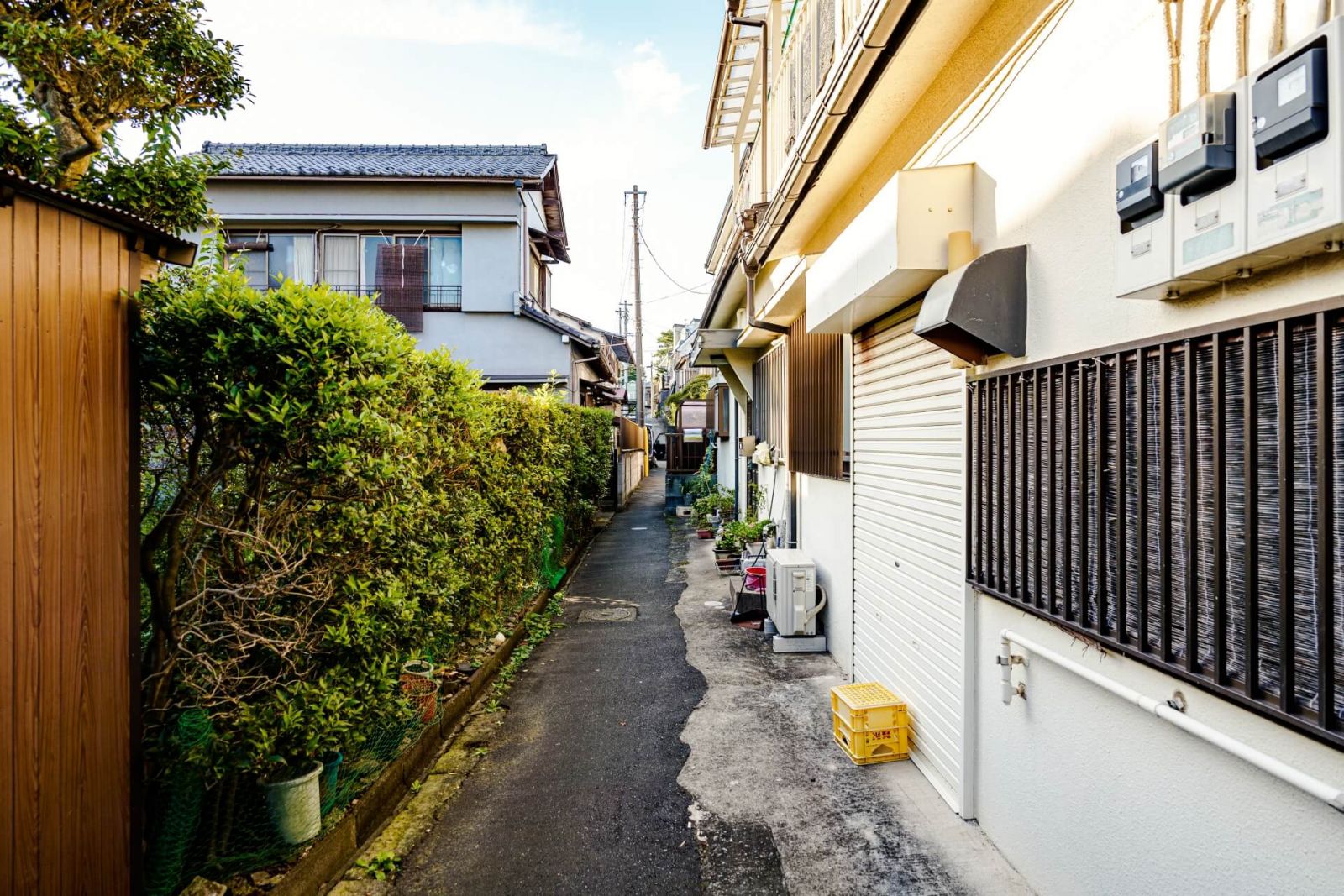
Employment for foreigners is likely to be very limited with many if not most people teaching English or commuting into a city for work. Property prices are likely to be significantly cheaper than in the cities – with the possibility of finding a real bargain – however this category may be the least appealing to foreigners looking to move to or invest in Nagano given the suburban, often mundane nature of much of these areas.
LIVING IN A VILLAGE
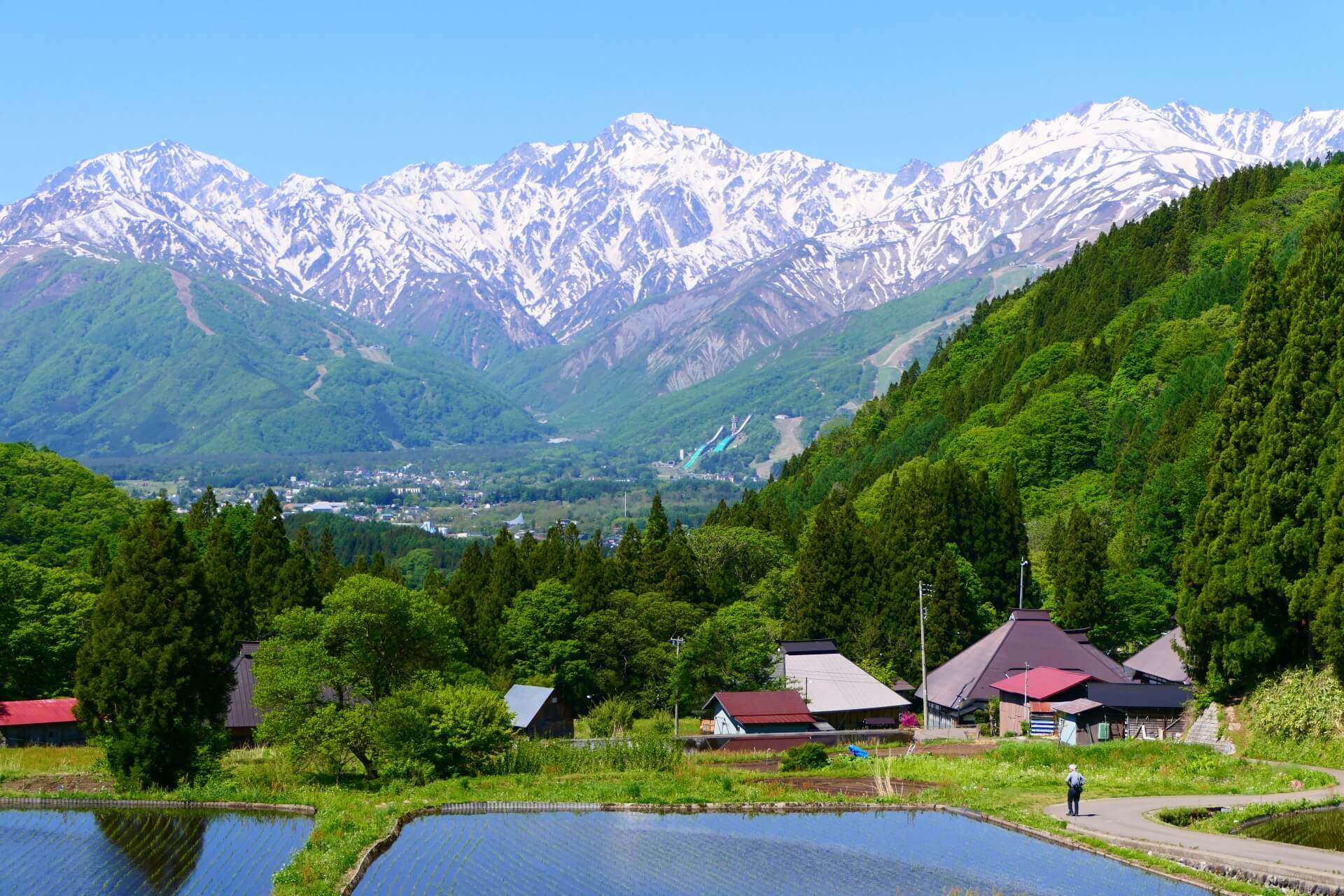
For the purpose of this page, we consider a ‘village’ to be defined as small settlements of largely rural character. Individual properties and homes are likely to be larger in these areas, surrounded by farmlands, rice fields and bordering onto forests and mountains. The population density will be low and it is likely that a significant percentage of the residents are elderly.
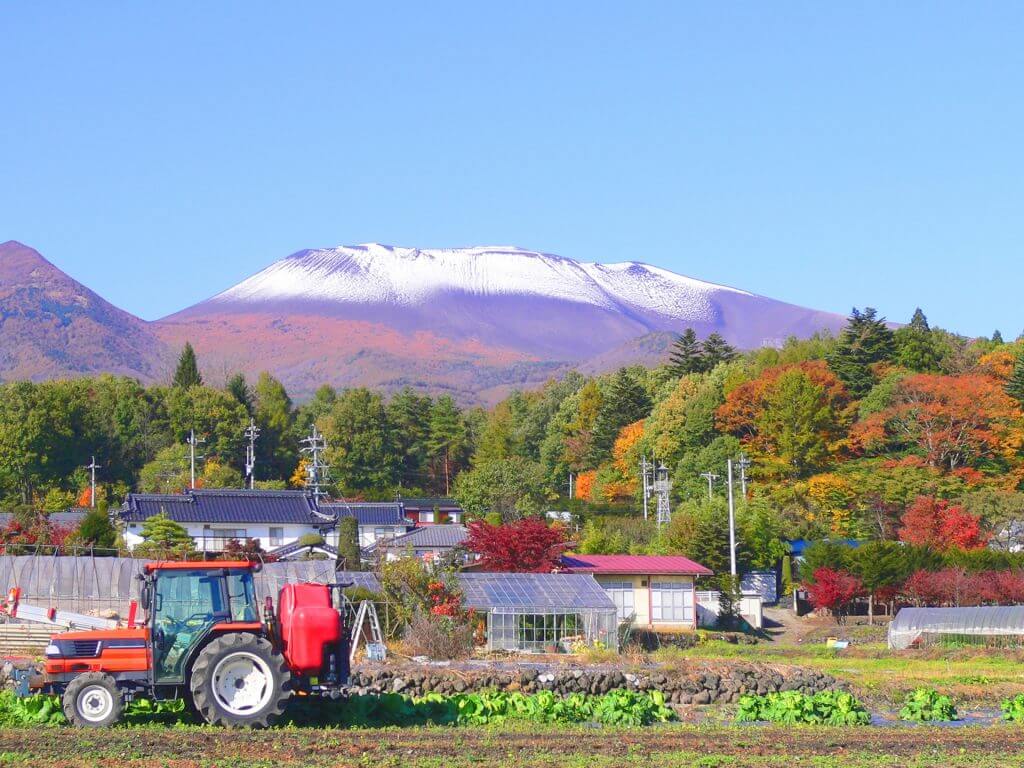
As such, villages are often crying-out for new residents, especially those who are young and have families and often offer incentives to move there. Schooling options will be limited and perhaps further away with other services such as healthcare and public transport also likely to be limited – especially in the case of public transport which might only operate a couple of times each day. Persons choosing to reside in a village will need a car and should be prepared to be part of the community, which you are likely to have frequent if not daily contact with.

Employment including professional work or English-teaching is likely to be very difficult to find in the immediate area, however the rural nature of these areas mean that agricultural work is often available with opportunities also existing to start your own business – including a café or guesthouse – in popular or scenic areas.
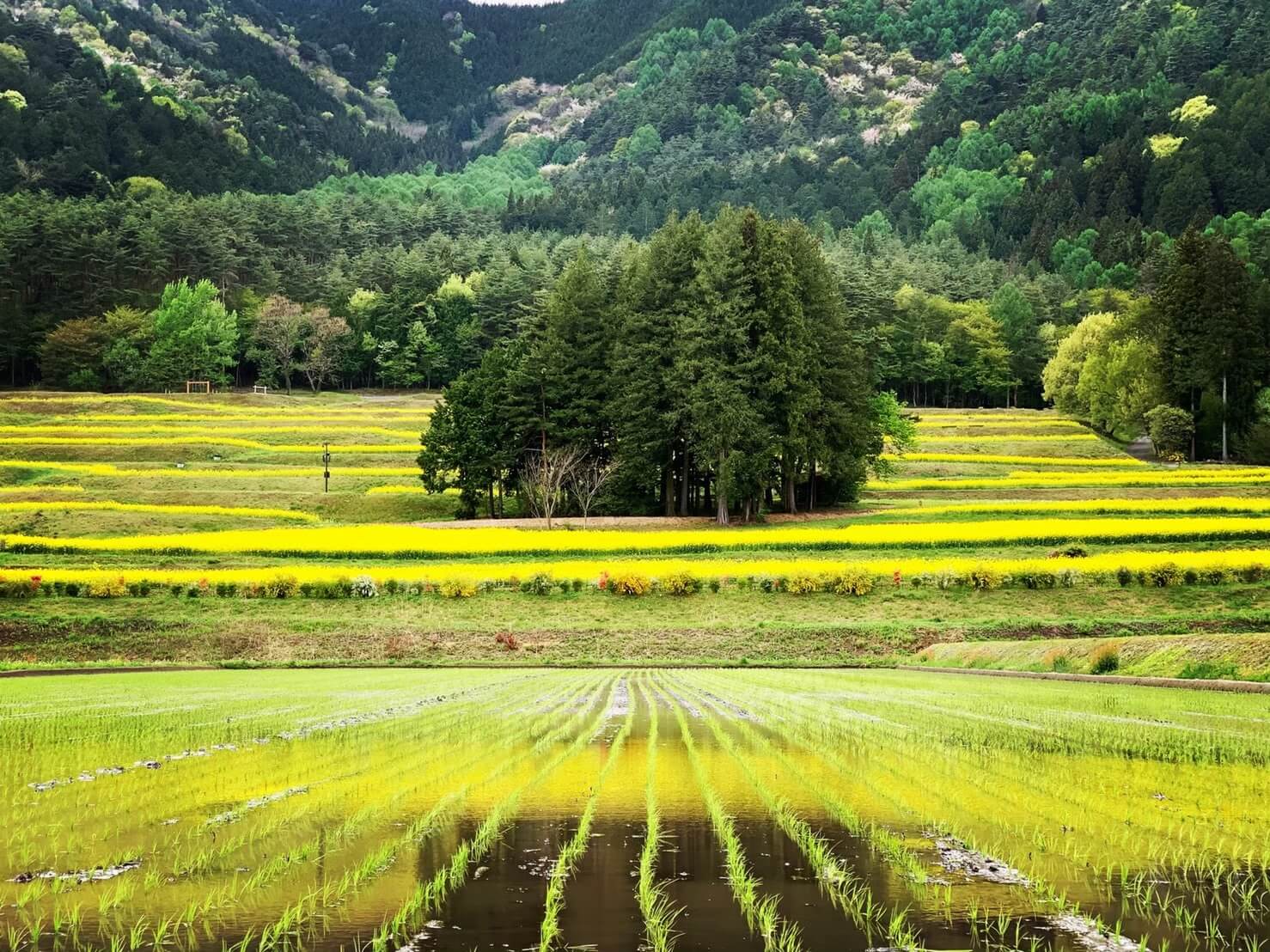
Property can be exceptionally cheap and many villages offer conditional subsidies (through the municipality) for renovation of homes. If you’re searching for an older house including traditional ‘kominka’, you are most likely to find one at a reasonable price in this type of area. So if you’re looking to move to Nagano for the rural lifestyle, finding the right village is likely to be of most interest.
TAKING IT SLOW AT A RESORT
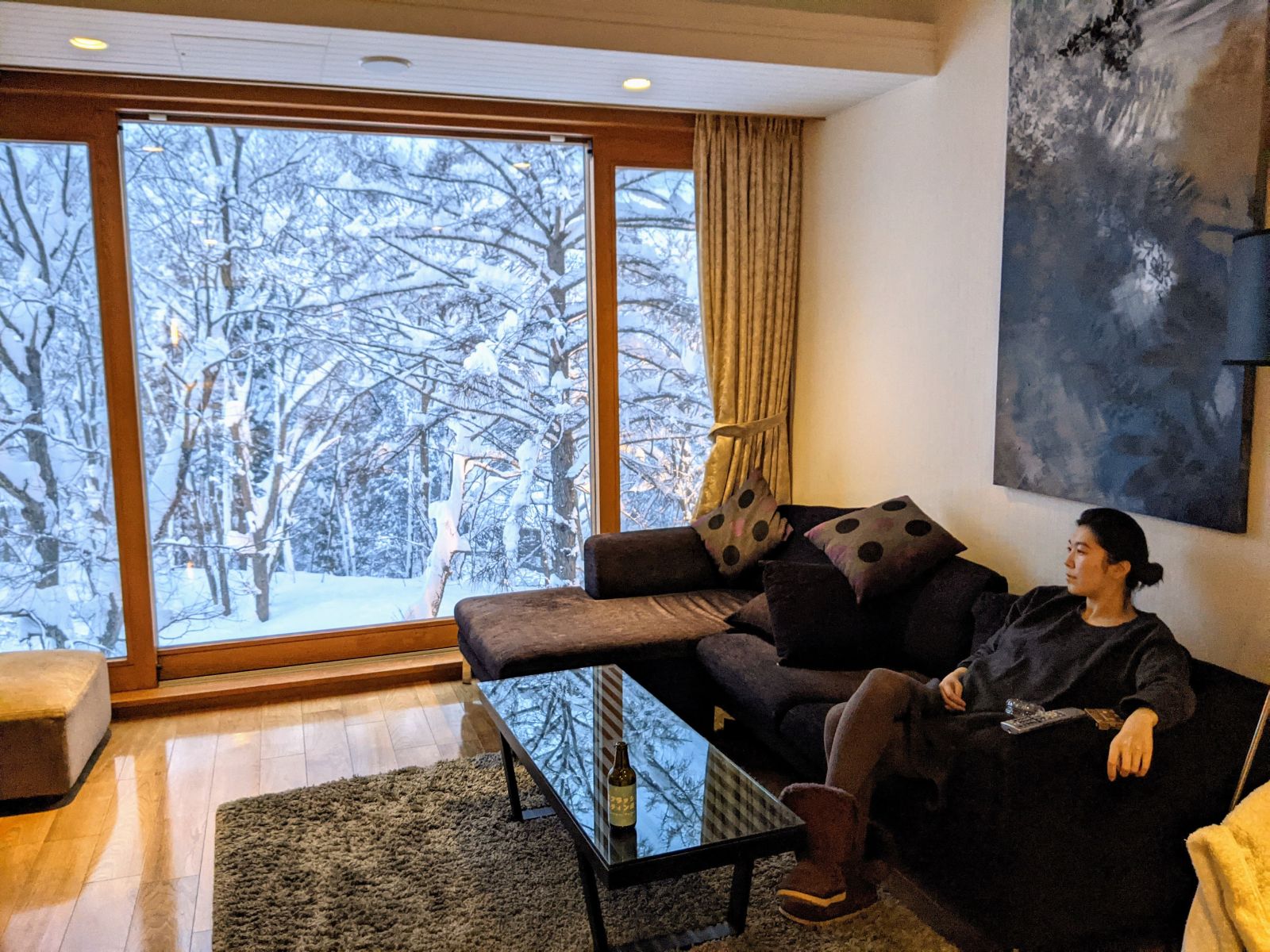
Lastly, many people looking to buy a property in Nagano will be searching for one at or nearby a ski resort. For the purpose of this page, the final category is therefore ‘resort’ villages – that is to say, villages connected to or nearby one of Nagano’s many resorts and/or 'onsen' (hot spring) village, such as Shibu Onsen, or mountain resort town such Karuizawa. Ski resort villages vary in size and character with some catering to the most popular ski fields with higher-end accommodation, restaurants and services for international visitors while others are very local, small and basic.
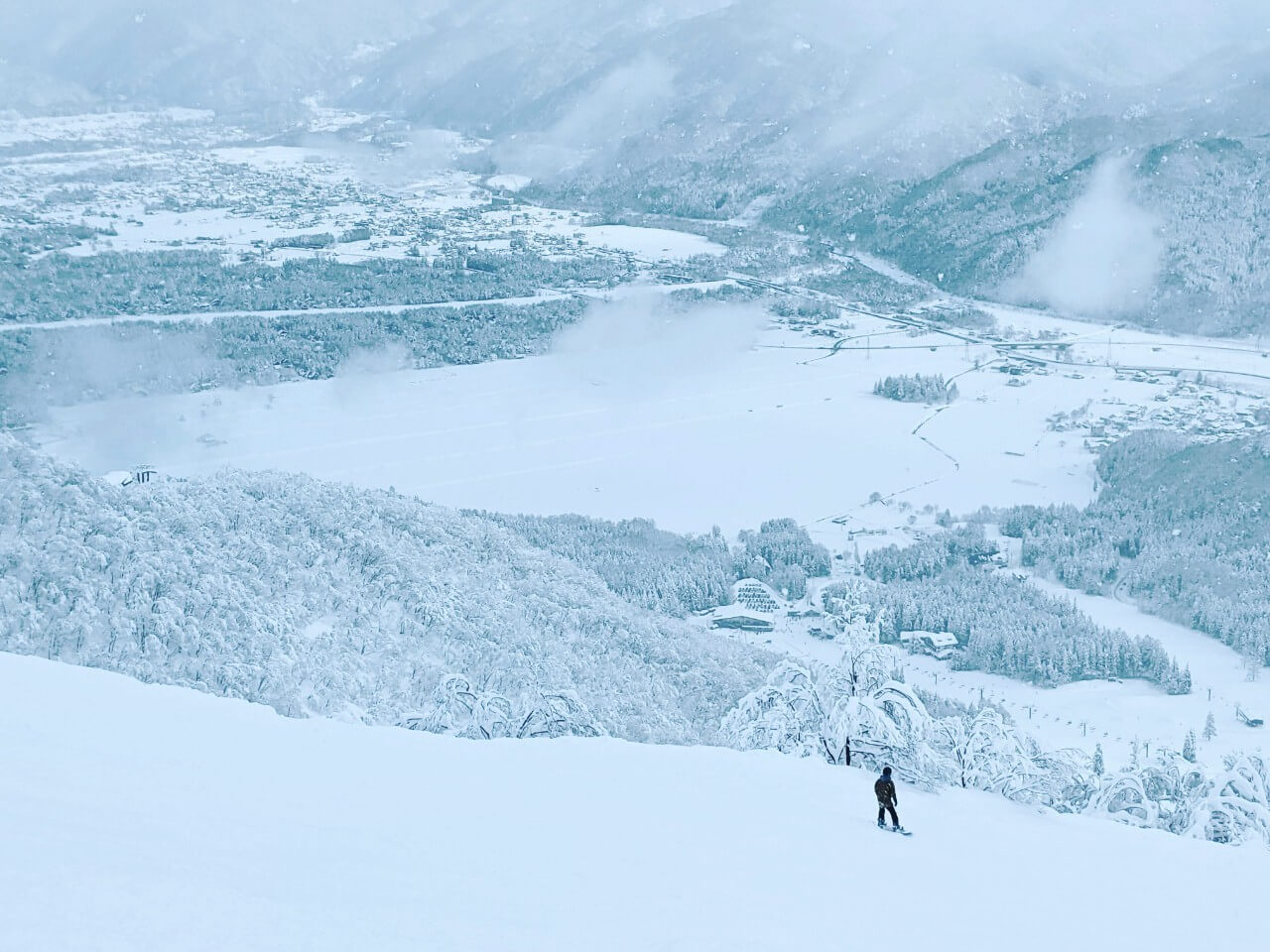
While Nagano has too many resorts to list here, some of the more popular ski resort regions include:
Hakuba & Otari: home to the ten resorts of the ‘Hakuba Valley’ including Hakuba Happo One, Hakuba Goryu/47, Iwatake, Tsugaike and Hakuba Cortina/Norikura. See our 'Hakuba' destination page for further details.
Nozawa Onsen & Iiiyama: home to the resorts of Nozawa Onsen, Madarao, Tangram and Togari. See our 'Nozawa Onsen' and 'Iiyama & Madarao' destination pages for further details.
Yamanouchi: home to Japan’s largest and highest resort, Shiga Kogen, and the smaller resorts making-up Kita-Shiga Kogen. See our 'Shiga Kogen' and 'Yudanaka & Shibu Onsen' destination pages for further details.
Nagano City, Shinano & Iizuna: home to the small, local resorts of Togakushi, Iizuna and Kurohime. See our 'Nagano City' destination page for further details.
Karuizawa: a popular all-year-round resort town and home to the small resort of Karuizawa. See our 'Karuizawa & Kusatsu Onsen' destination page for further details.
Myoko Kogen: located just to the north of Nagano in Niigata, Myoko Kogen is home to multiple resorts including Akakura Onsen/Kanko, Ikenotaira, Suginohara and Lotte Arai. Though not located in Nagano, its close proximity means people searching ski resort properties in Nagano often also consider their options in Myoko. See our 'Myoko Kogen' destination page for further details.
The lifestyle at the resorts depends on which resort you choose. The resorts of Hakuba and increasingly Nozawa Onsen, are the most international with many foreigners owning property and operating businesses. These villages are also quickly establishing themselves as all-year-round destinations and are now well-established markets. Many other resorts are smaller and much quieter, and outside of winter, exceptionally quiet.
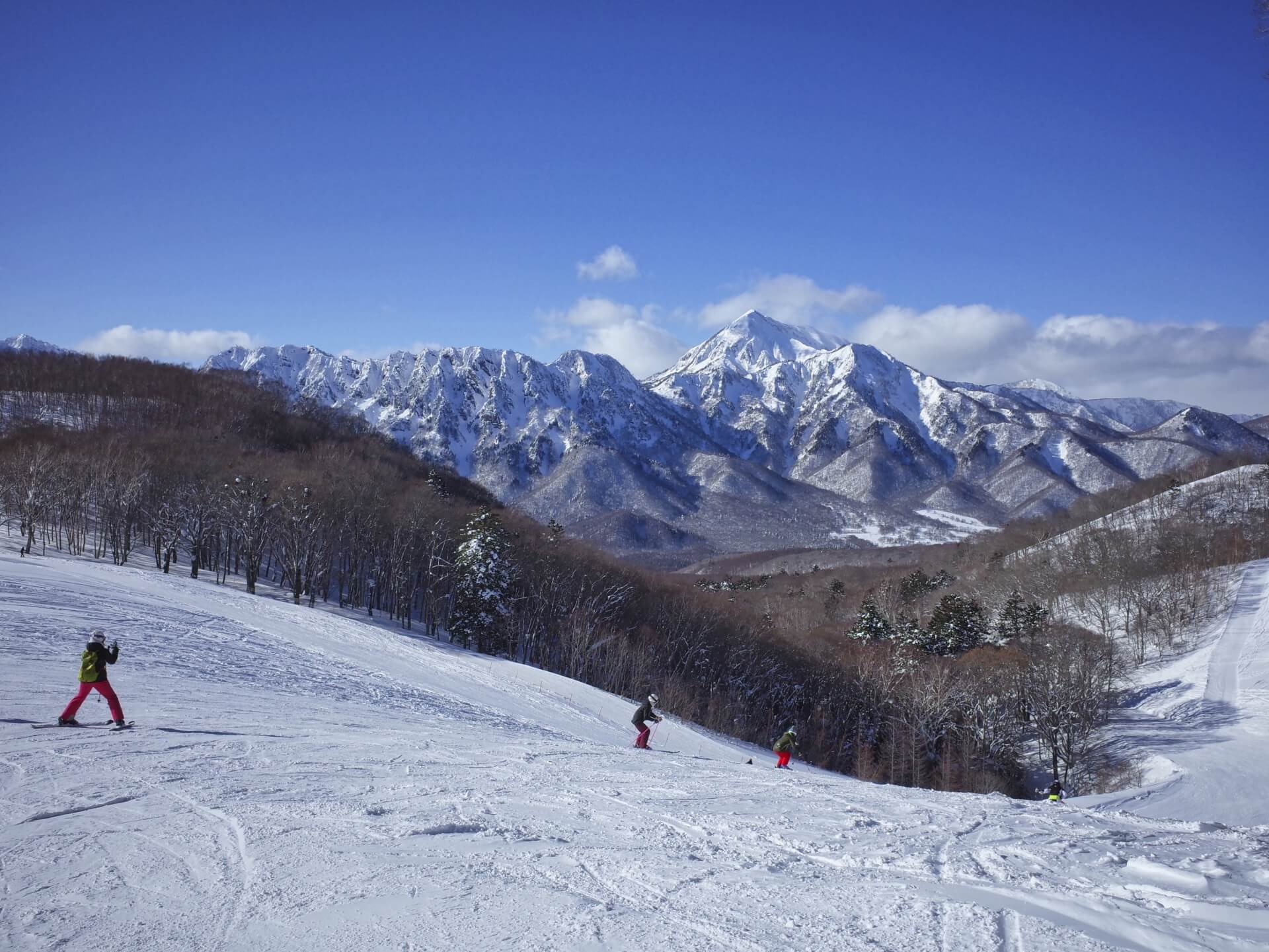
For seasonal workers, there are lots of opportunities in winter, especially at the large resorts with all types of jobs existing. If you are looking to move to a resort village, it is likely to be harder to find full-time work throughout the year. As a result, many people work remotely or start their own business. Breaking into the social circles in these towns can be challenging with varying levels of support from the community for new businesses, especially if you are in competition to them.
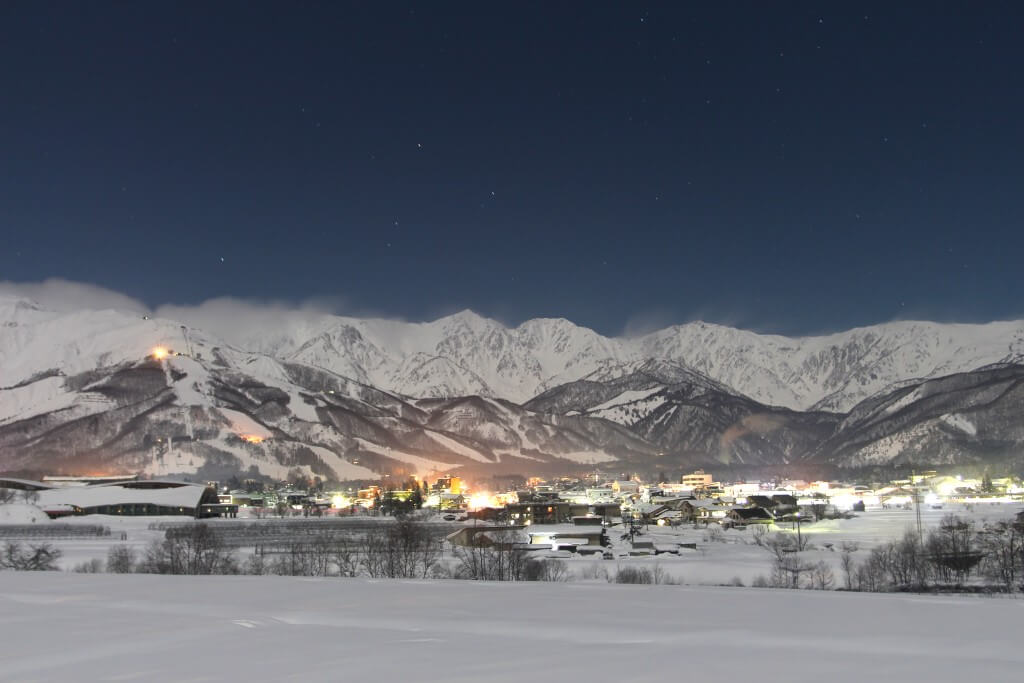
Property prices in ski resort villages will be much higher, especially in established regions including Hakuba, Nozawa Onsen, Madarao and Karuizawa. You are unlikely to find bargains here with properties already fetching very high prices. Whether you are looking to buy to reside, start a business or as a holiday home/rental, make sure to do your research and check-out the competition. If you are attempting to enter an established and popular resort village, don’t expect too much assistance. The best option might be a smaller resort, especially those that are struggling and welcome new investment and faces in the village.
BEST TOURS IN NAGANO

Before making your move to Nagano, why not take a tour first and see for yourself why it such a livable prefecture? With group tours, private tours, charters, and more, at Snow Monkey Resorts we pride ourselves on our expansive offerings, all lead by friendly local guides. Whether you want to hike through the majestic mountain scenery of Nagano, experience hundreds of years of tradition at an ancient temple, or raft on one of Japan’s most fun rivers, we have you covered. For a complete list of offerings and ways to have fun, please see our ‘Best Tours in Nagano‘ page. If we don’t have what you are looking for, get in contact with us and we can set up a private tour tailored just for you!
REAL ESTATE & PROPERTY IN JAPAN’S SKI RESORTS
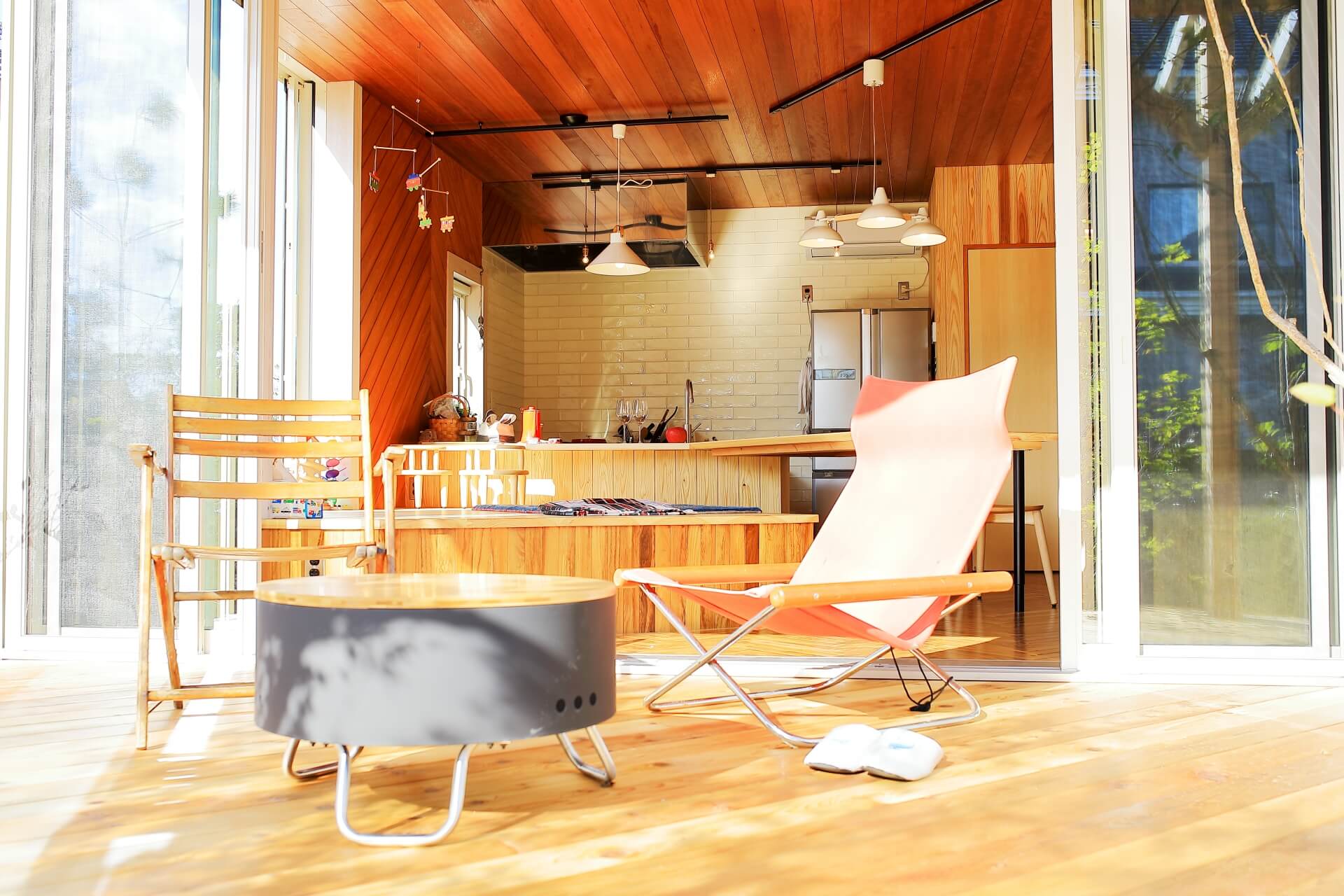
Real estate and properties vary greatly in price, condition and availability across Nagano’s many resorts depending on where you are looking – from high-end/luxury chalets and homes in resorts including the Hakuba Valley and Karuizawa to traditional ‘kominka’ (farmhouses) and old guestshouses and businesses in need of revitalisation, dotted through some of the less well-known resorts and areas. Our ‘Best Resorts to Buy In & Around’ page provides an overview of some of the most popular, up-and-coming, and hidden gems when looking to buy in the region.














